APPROACH TO STORYTELLING
Aspirational and motivational stories resonate and stick much more than informational ones. In addition to drawing out someone’s story, I bring the necessary pieces—from production crews to animators—together to tell a compelling story. As an award-winning idea generator and creative storyteller, it’s my job first to listen, then hunt in the shadows for the most compelling and authentic narrative, and finally bring together craftsmen ready to make magic.
I developed and practice an motivational interviewing method that helps people recount past/present traumatic events and strong emotions associated with those events. When interviewing people—especially survivors of adverse childhood experiences (ACEs)—I remain mindful that this is a difficult process and that I am asking them to elaborate on a critical time(s) in their life where emotions are escalated. Because of that, they will experience and project a range of emotions that may feel intense, awkward or uncomfortable. But that’s where the authenticity in storytelling lies. The important thing is to know how to respond when those moments arise, and to maintain a space where they feel safe to be expressive and vulnerable.
My focus is always to draw out a person’s real story, not to shape it in a way that fits an agenda. And drawing out a story from someone who’s either dying or reluctant to tell it takes a thoughtful and measured approach.
That approach involves:
Being prepared for the discussion and preparing the subject for the discussion
Establishing that the discussion is a safe space where authentic expression and vulnerability are allowed and expected
Sticking to the script, but probing for deeper insight when necessary
Not shying away from the critical and difficult moments
Burying the agenda. What I’m after is a person’s core expression, unframed and uninfluenced by the need for a specific outcome.
Letting emotional moments play out during a discussion
Inviting other perspectives into the discussion when necessary
Sharing, when necessary, pieces of my own story to establish reciprocity and vulnerability
connecting the dots
What can be the outcome of such an approach? As we reveal our own narrative, we begin to see the value in it and where there are opportunities for growth and change. Setting our narrative out in front of us—as if laid on a table for us to review—allows us to make discoveries and connections about how events in our lives have driven our decisions and shaped our perspectives, beliefs, and responses, especially to trauma. We gain clarity and awareness, which can put us on a path of self-healing. This takes courage and readiness ... and a safe space.
As part of the Resilience Community I'll post stories that reflect the approach above. The clients I’ve worked with have listened to their recorded stories multiple times, and each time they do, they discover something new about themselves they didn’t know before. I’ve heard them say, “I didn’t understand why I behaved that way until now.” That’s revelatory.
THE STORIES I PURSUE AND VALUE
We all have our own ideas about what makes for a compelling and engaging story. Often what resonates with us depends on our own lived experiences. Neuroscience has also shed some light on how and why we resonate with certain stories. That, along with my own personal journey, has shaped my perspective on storytelling. Whether I’m producing a resilience story or a patient story as the director of creative services for University of Florida Health, the stories I value:
aren’t afraid to reveal failures, shortcomings or weaknesses
poke at and challenge the status quo
empower people to adopt different perspectives by asking uncomfortable or challenging questions
mobilize or catalyze change; inspire people to action
generate robust dialogue and opinion sharing
expose real and raw emotions
may not always have a happy ending
elaborate on specific choices and consequences of those choices (whether positive or negative)
identify specific patterns in thinking and behavior
Works that have greatly influenced me are Daniel Quinn's Ishmael series; Augusten Burroughs' A Wolf at the Table; and Dan Millman's writings.
I can help you tell these types of stories.

